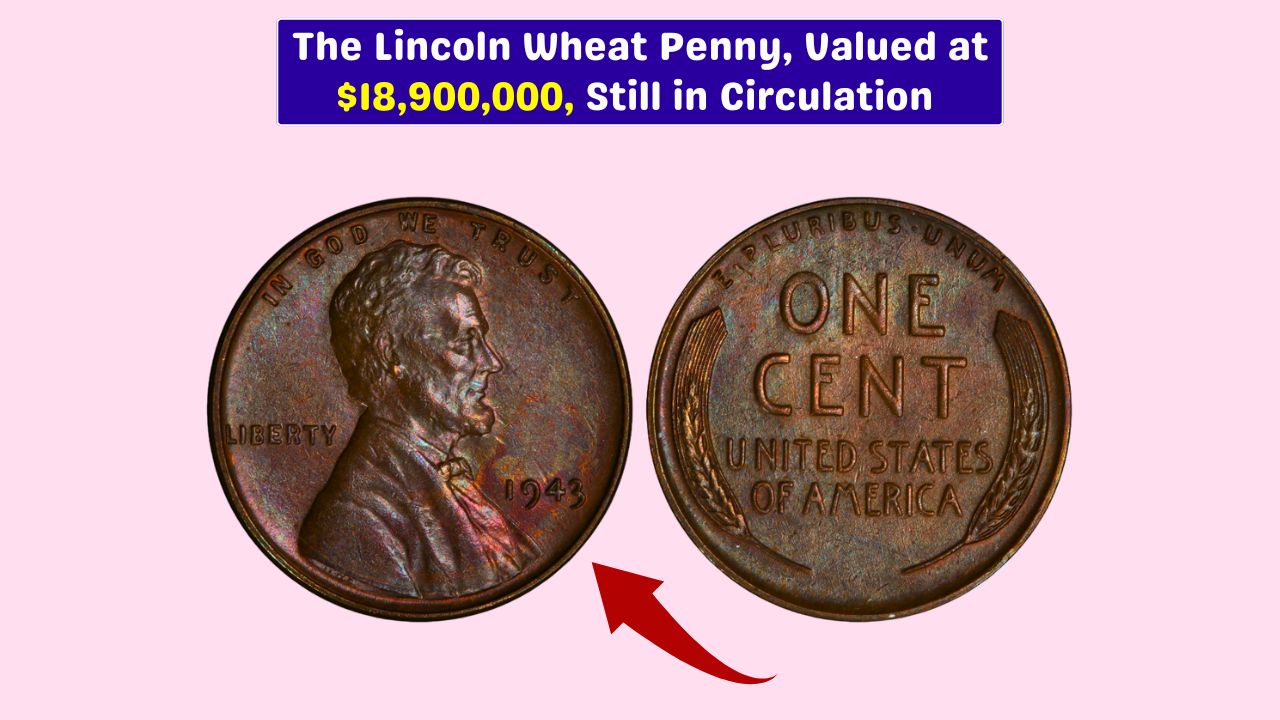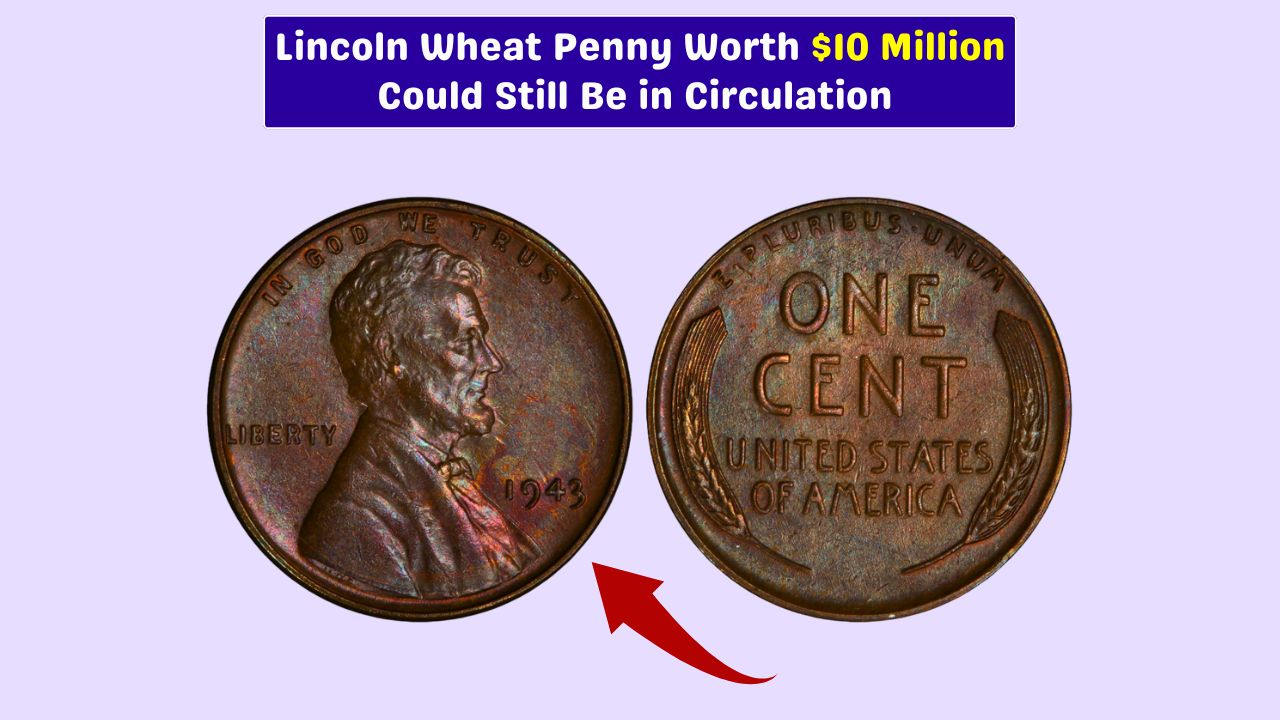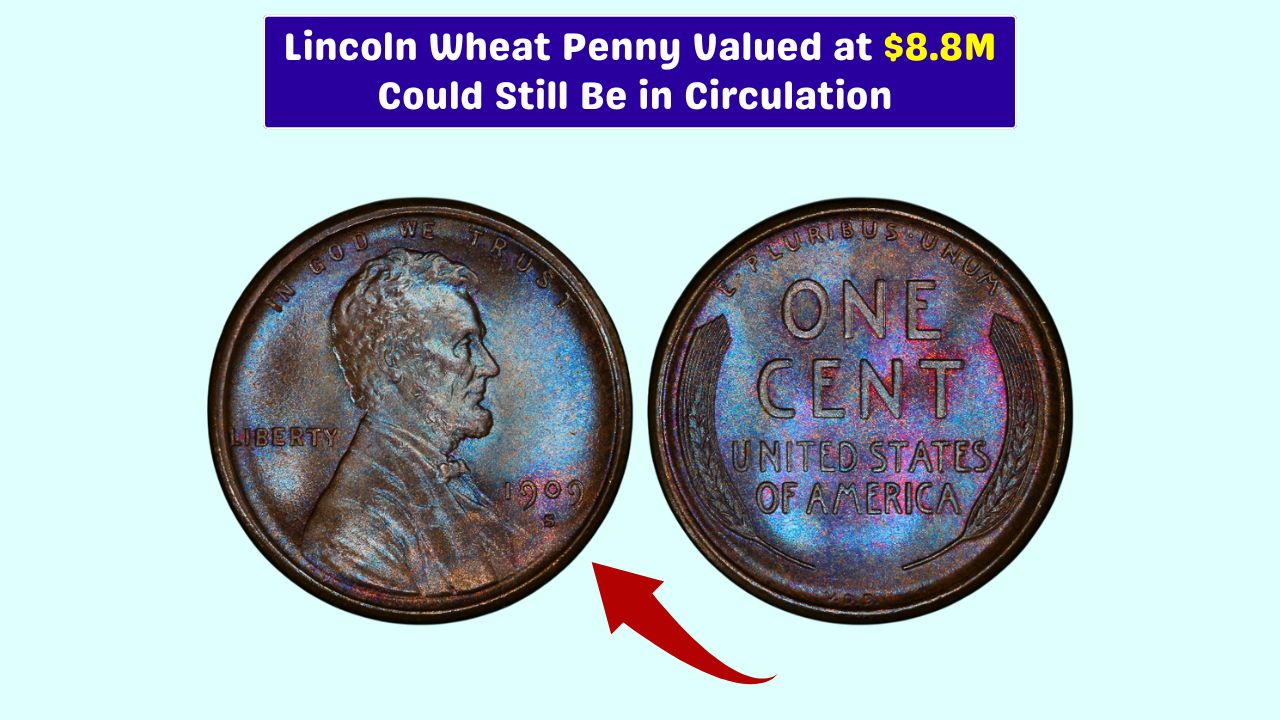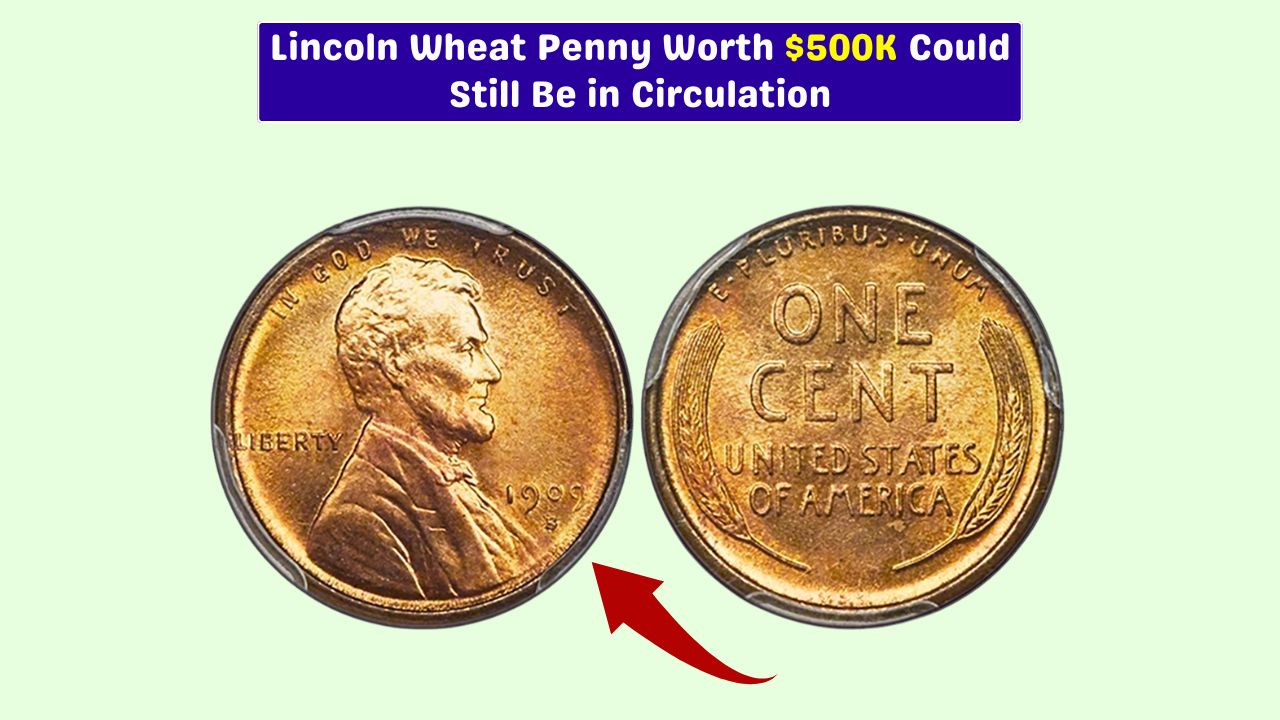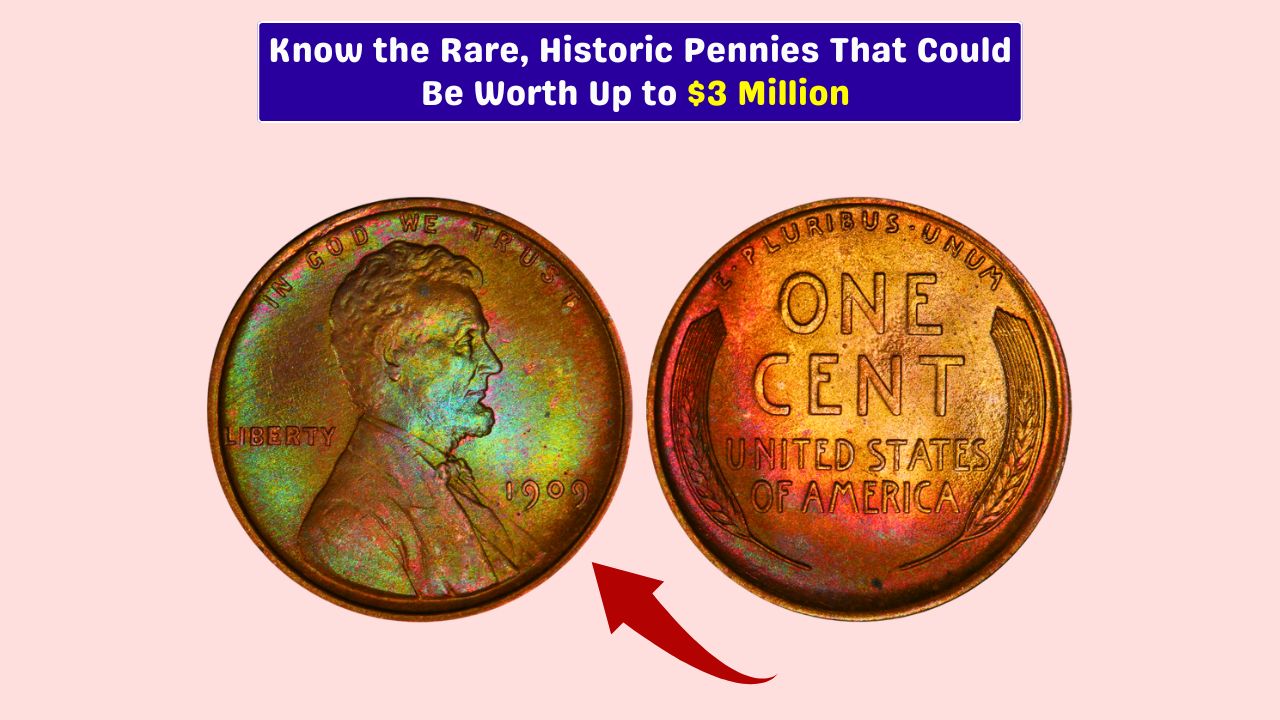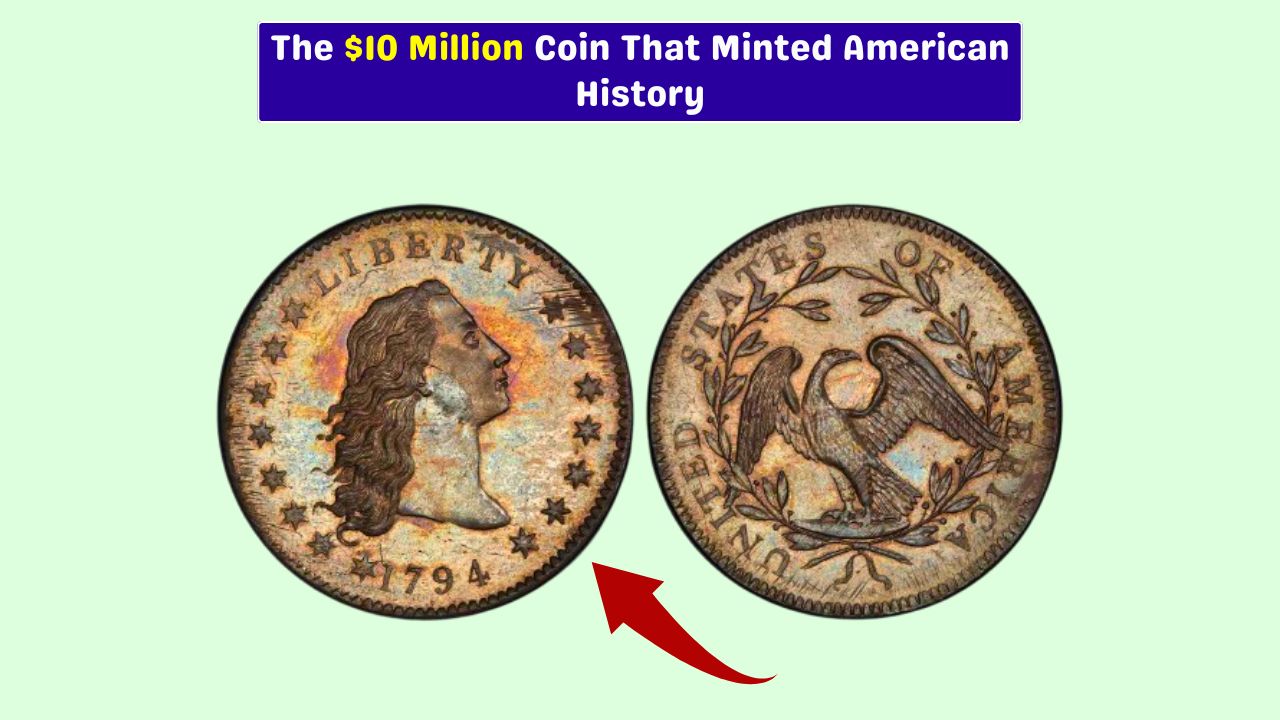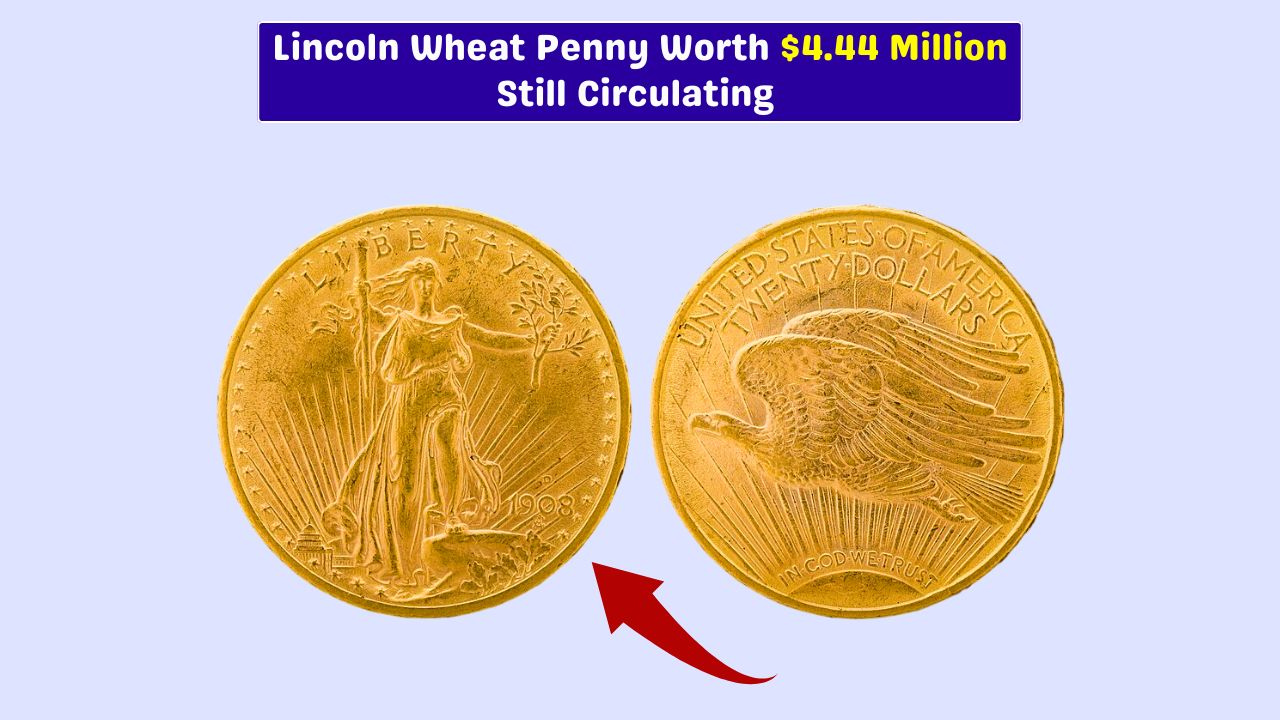Most of us handle coins every day without thinking twice. They rattle in pockets, roll under car seats, and end up forgotten in jars. But what if one of those coins could change your life? It sounds unreal, like something ripped straight from a movie scene.
Yet here we are — talking about a Lincoln Wheat Penny that’s been valued at a jaw-dropping $18.9 million. And here’s the kicker: it might still be hiding in plain sight.
This unassuming coin has set off a quiet frenzy — collectors, hobbyists, and everyday dreamers are all watching their change a little closer. Let’s take a closer look at why this penny is the one in a million, and how to tell if you’ve got it.
Origins
The Lincoln Wheat Penny debuted in 1909, honoring Abraham Lincoln’s 100th birthday. It broke tradition — the first U.S. coin to feature a real person rather than a symbolic image.
On the front, there’s Lincoln’s side profile. On the back? Two wheat stalks, simple and clean, which earned it the nickname “Wheat Penny.” These coins were minted up to 1958. While most of them are still only worth a cent, a few rare variants — thanks to minting mishaps or unusual materials — have become collector legends.
Rarity
Of all the Wheat Pennies ever minted, one type towers above the rest: the 1943 bronze version.
During World War II, the government needed copper for ammunition and military gear. That year, the Mint began producing pennies using zinc-coated steel — giving them a silvery color instead of the familiar copper tone.
But a few leftover bronze blanks from 1942 slipped through by mistake and were stamped with the 1943 date. That tiny error created one of the rarest coins in history.
Only a few were made, and one of them recently sold for a staggering $18.9 million — making it one of the most expensive coins ever to hit the auction block.
Circulation
Here’s the most unbelievable part — some of these bronze 1943 pennies might still be out there.
Tucked into coin jars, forgotten in drawers, or riding unnoticed in a cash register tray, these treasures have had decades to vanish into everyday life. Most people see an old penny and think nothing of it, which is exactly why some of these ultra-rare coins remain unobserved.
That’s why coin enthusiasts — and plenty of curious newcomers — are giving their pocket change a second look. You never know.
Checklist
Think you’ve found something special? Here’s how to do a quick check:
| Step | What to Look For | Why It Matters |
|---|---|---|
| 1 | Year: 1943 | Only bronze pennies from this year are rare |
| 2 | Color: Copper/Bronze | Common steel ones look silver |
| 3 | Magnet Test | Steel sticks, bronze does not |
| 4 | Coin Expert | Only pros can verify and value it properly |
Even if yours isn’t the bronze 1943 penny, other Lincoln Wheat Pennies — like the 1909-S VDB or 1914-D — are worth serious money, especially in good condition.
Treasure
It’s wild to think that a tiny, worn-out coin — the kind you might drop and not bother to pick up — could be worth nearly ₹160 crore. But that’s the story of the 1943 bronze Lincoln Penny: a rare mistake, a slice of wartime history, and a collector’s fantasy rolled into one.
So the next time you’re counting out coins at the grocery store, digging through an old jar, or clearing out your attic, pause for a moment. That overlooked penny in your palm might just be the kind of treasure that only comes around once in a lifetime.
FAQs
How much is the rare 1943 penny worth?
One sold for $18.9 million at auction.
What makes the 1943 penny valuable?
It’s a rare bronze version accidentally minted.
How do I test my penny?
Try a magnet—steel sticks, bronze doesn’t.
Where can I get a coin checked?
Visit a certified coin dealer or expert.
Are other Wheat Pennies valuable?
Yes, many are worth hundreds or thousands.
